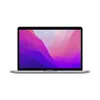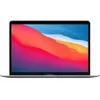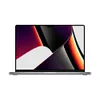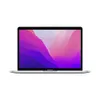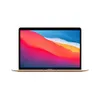The ultimate MacBook hierarchy: M4 vs M3 vs M2 vs M1 tested and ranked
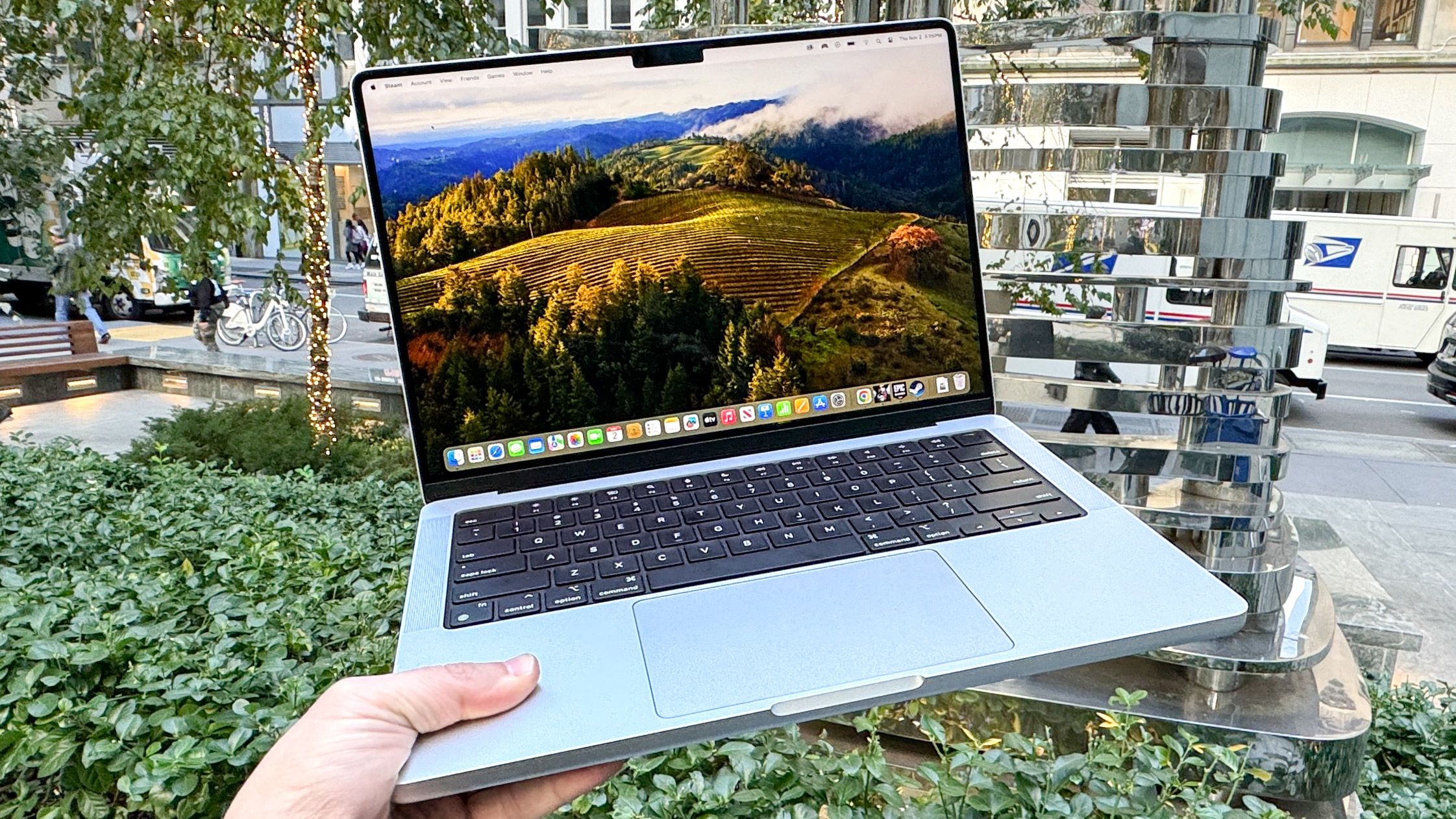
Which MacBook is right for you? It’s a question you’d think comes with the simple answer of “the latest one,” but it can be a whole lot more complicated when you really start to mull over the best MacBook for your needs.
Because while the newest MacBook Pro M4 and MacBook Air M3 will of course be more performant and receive software support for a longer period of time, there are opportunities to save yourself some serious money and still get what you want out of the machine. That is what we’re hoping to decipher here with a quick hierarchical breakdown of every Apple Silicon MacBook you can buy today.
We’ll explain how we rank each MacBook Air and MacBook Pro in the tables below, and break them down by how much performance they offer for their respective prices. With all of this data and insight, you can make the best decision for yourself and your needs on which model to buy. And be sure to check out our MacBook Air vs Pro comparison for more info.
MacBook hierarchy: specs
We’ve reviewed MacBooks for many, many years now — spanning all specs and price points from base models to fully maxed out. For transparency of the below benchmarks, I’ve highlighted the internals of every model we reviewed.
P.S. It should come as no surprise that we’re not going to be adding any Intel-based MacBooks in this hierarchy. That would be a little bit silly given how old these chips are, so with that said, let’s dive in.
| Laptop | Chipset (core count) | Unified memory (RAM) | Storage |
|---|---|---|---|
| MacBook Pro 16-inch (M4 Pro) | M4 Pro (14-core CPU / 20-core GPU) | 48GB | 2TB |
| MacBook Pro 14-inch (M4) | M4 (10-core CPU / 10-core GPU) | 16GB | 512GB |
| MacBook Air 15-inch (M3) | M3 (8-core CPU / 10-core GPU) | 16GB | 512GB |
| MacBook Air 13-inch (M3) | M3 (8-core CPU / 10-core GPU) | 16GB | 512GB |
| MacBook Pro 16-inch (M3 Max) | M3 Max (16-core CPU / 40-core GPU) | 128GB | 8TB |
| MacBook Pro 14-inch (M3 Pro) | M3 Pro (11-core CPU / 14-core GPU) | 18GB | 512GB |
| MacBook Pro 14-inch (M3) | M3 (8-core CPU / 10-core GPU) | 16GB | 1TB |
| MacBook Pro 16-inch (M2 Max) | M2 Max (12-core CPU / 38-core GPU) | 96GB | 4TB |
| MacBook Pro 14-inch (M2 Pro) | M2 Pro (10-core CPU / 16-core GPU) | 16GB | 512GB |
| MacBook Pro (M2) | M2 (8-core CPU / 10-core GPU) | 16GB | 1TB |
| MacBook Air 15-inch (M2) | M2 (8-core CPU / 10-core GPU) | 16GB | 512GB |
| MacBook Air 13-inch (M2) | M2 (8-core CPU / 10-core GPU) | 16GB | 1TB |
| MacBook Pro 16-inch (M1 Max) | M1 Max (10-core CPU / 32-core GPU) | 64GB | 2TB |
| MacBook Pro 14-inch (M1 Pro) | M1 Pro (10-core CPU / 16-core GPU) | 32GB | 1TB |
| MacBook Pro (M1) | M1 (8-core CPU / 8-core GPU) | 16GB | 1TB |
| MacBook Air (M1) | M1 (8-core CPU / 8-core GPU) | 16GB | 1TB |
MacBook hierarchy: Pricing matrix
While finding the brand new MacBooks at their best prices is a cinch (spoiler alert: Amazon or B&H), the older models are a little harder to find. To take the stress out of this, we’ve done the hard work and found the ultimate best prices available right now on every model of MacBook we talk about.
Apple are currently still producing and selling the M3 MacBook Pro, M3 Pro, and M3 Max, alongside the M2 MacBook Air 13- and 15-inch, and even the M1 MacBook Air.
Get instant access to breaking news, the hottest reviews, great deals and helpful tips.
The remainder have been discontinued, with some new models still available and refurbished pricing on the table. However, that does mean they are cheaper than they would usually be.
- MacBook Pro (M4 Max): $3,149 @ Amazon
- MacBook Pro (M4 Pro): $1,999 @ Amazon
- MacBook Pro (M4): $1,599 @ Amazon
- MacBook Air 15-inch (M3): $1,099 @ Amazon
- MacBook Air 13-inch (M3): $1,049 @ Amazon
- MacBook Pro (M3 Max): $2,899 @ B&H
- MacBook Pro (M3 Pro): $1,599 @ B&H
- MacBook Pro (M3): $1,099 @ Amazon
- MacBook Pro (M2 Max): $2,339 @ Apple (refurbished)
- MacBook Pro (M2 Pro): $2,209 @ Apple (refurbished)
- MacBook Pro (M2): discontinued
- MacBook Air 15-inch (M2): discountinued
- MacBook Air 13-inch (M2): $749 @ Amazon
- MacBook Pro (M1 Max): discontinued
- MacBook Pro (M1 Pro): discontinued
- MacBook Pro (M1): discontinued
- MacBook Air (M1): $649 @ Walmart
MacBook hierarchy: Dimensions and design
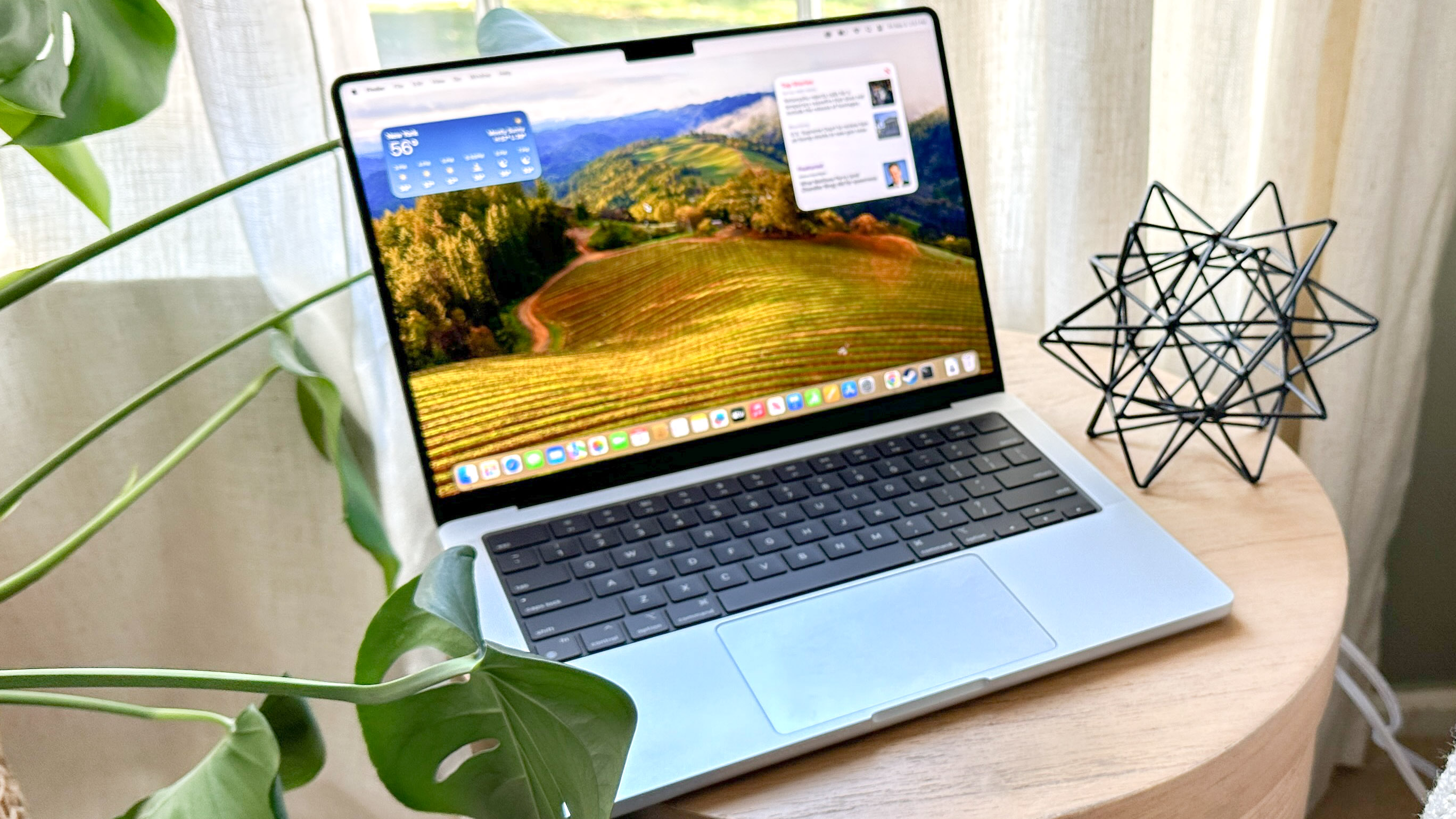

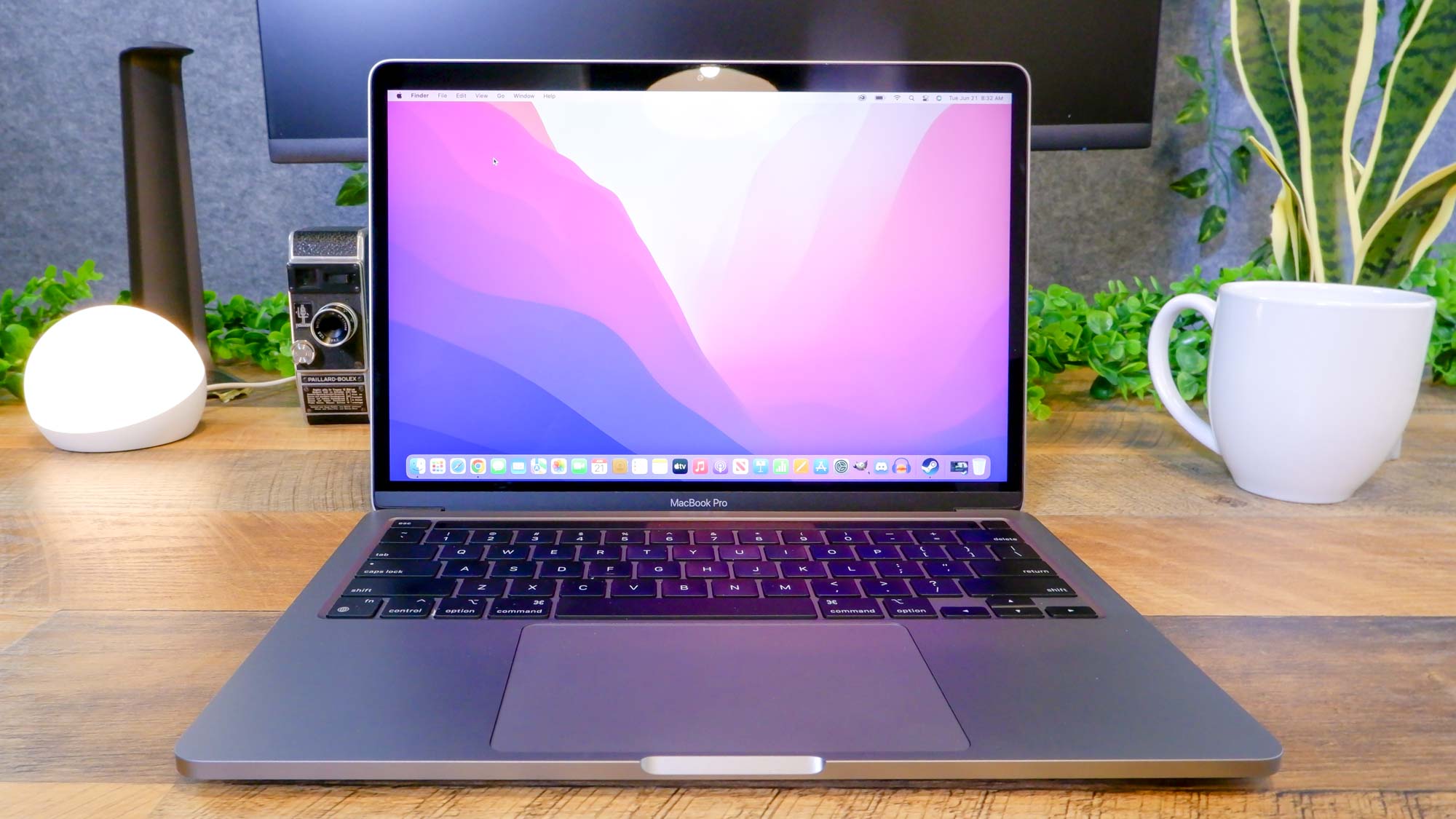

The main thing that jumped out at me personally when running this hierarchy is how Apple’s design language has changed. Don’t get me wrong, they are all formed of aluminum unibodies — promoting a sense of confidence in its durability, but those shells can be a fingerprint magnet.
But I’m talking more about the aesthetic, which moved from a subtly curved shell to a far more utilitarian presence on the desk. From the much maligned Touch Bar to a set of full height function keys. From merely using Thunderbolt ports to a wider selection, including the grand return of MagSafe.
So you have to pay attention to the smaller details here to start asking some questions. Key example being that the M4 and M4 Pro MacBook Pro have gotten one tenth of a pound lighter... What witchcraft has Apple done to make these laptops more powerful, longer in battery life but also lighter too?
But whatever MacBook you buy, you’re getting a seriously premium construction with great portability, as you can see from the dimensions.
| Laptop | Dimensions | Weight |
|---|---|---|
| MacBook Pro 16-inch (M4 Pro) | 14.0 x 9.7 x 0.6 inches | 4.7 pounds |
| MacBook Pro 14-inch (M4) | 12.3 x 8.7 x 0.6 inches | 3.4 pounds |
| MacBook Pro 16-inch (M3 Max) | 14 x 9.8 x 0.7 inches | 4.8 pounds |
| MacBook Pro 14-inch (M3 Pro) | 12.3 x 8.7 x 0.6 inches | 3.5 pounds |
| MacBook Pro 14-inch (M3) | 12.3 x 8.7 x 0.6 inches | 3.4 pounds |
| MacBook Air 15-inch (M3) | 13.4 x 9.4 x 0.5 inches | 3.3 pounds |
| MacBook Air 13-inch (M3) | 12 x 8.5 x 0.4 inches | 2.7 pounds |
| MacBook Pro 16-inch (M2 Max) | 14 x 9.8 x 0.7 inches | 4.8 pounds |
| MacBook Pro 14-inch (M2 Pro) | 12.3 x 8.7 x 0.6 inches | 3.4 pounds |
| MacBook Pro (M2) | 12 x 8.4 x 0.6 inches | 3 pounds |
| MacBook Pro 16-inch (M1 Max) | 14 x 9.8 x 0.7 inches | 4.8 pounds |
| MacBook Pro 14-inch (M1 Pro) | 12.3 x 8.7 x 0.6 inches | 3.5 pounds |
| MacBook Pro (M1) | 12 x 8.4 x 0.6 inches | 3 pounds |
| MacBook Air (M1) | 12 x 8.4 x 0.2-0.6 inches | 2.8 pounds |
MacBook hierarchy: Display


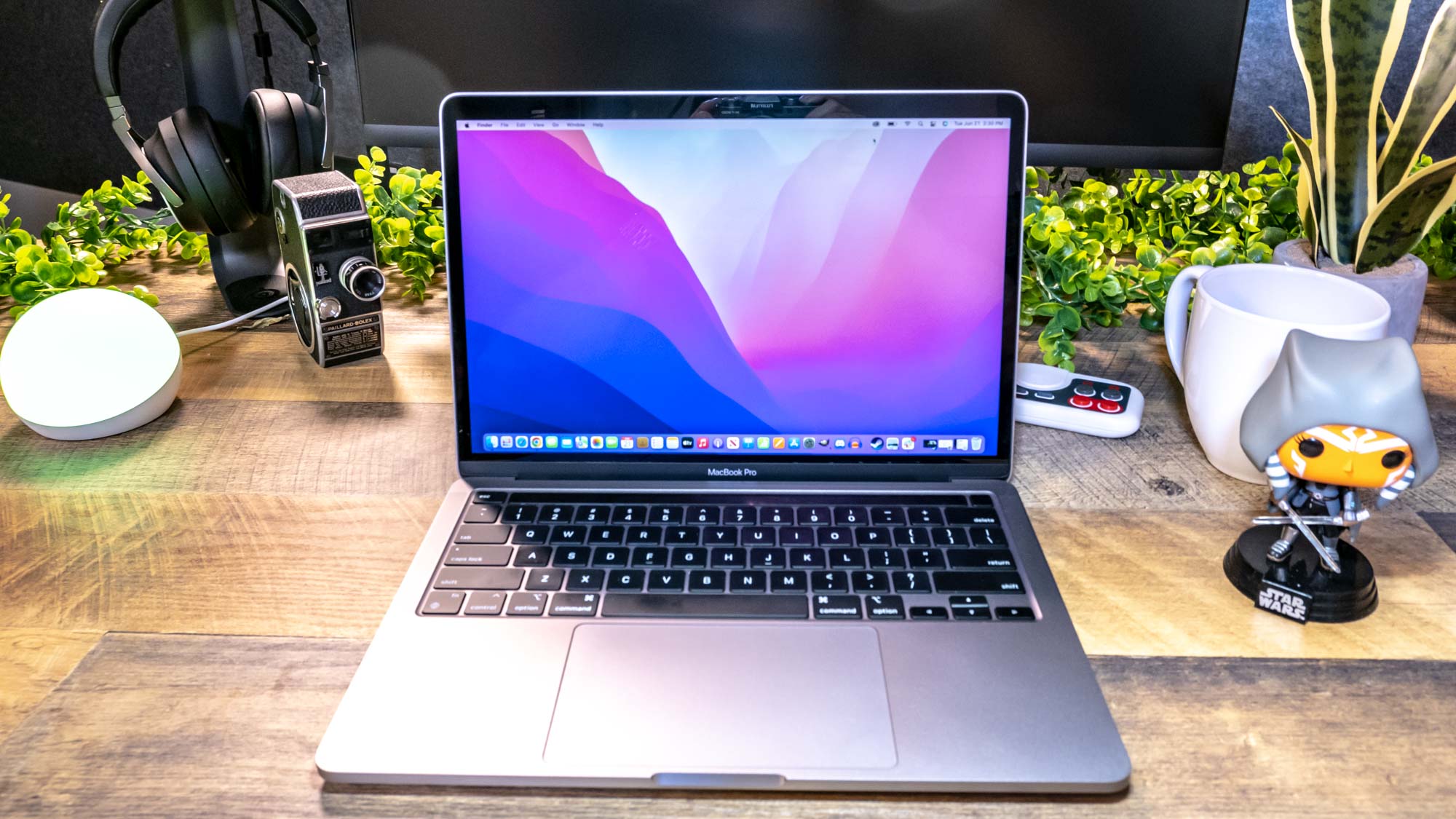
Display technology has moved along at an impressive pace in some areas, and rather glacially in others. Apple hasn’t adopted OLED in any of its MacBooks (yet), but you’ve essentially got three choices here.
- Retina: Present in the M1 MacBook Air and both 13-inch MacBook Pros, this is your standard IPS panel with a 13.3-inch diagonal and 1500p resolution.
- Liquid Retina: In both M3 MacBook Airs, the color reproduction and brightness got an improvement with a Liquid Retina screen.
- Liquid Retina XDR: A move from standard LED to Mini LED drives one of my favorite displays in a laptop. Exclusive to the MacBook Pros, they sport impressively vivid color, a 120Hz refresh rate, and deep HDR that shines off the screen with big, bright imagery. It’s also worth noting that the M3 MacBook Pros have 20% brighter displays than previous generation models.
The results speak for themselves here. Numbers vary from great to good, so it depends on how important screen quality is to you and your time with a MacBook.
| Laptop | Display average brightness (nits) | sRGB color gamut (%) | Delta-E color accuracy (smaller number is better) |
|---|---|---|---|
| MacBook Pro 16-inch (M4 Pro) | 584 | 115% | 0.27 |
| MacBook Pro 14-inch (M4) | 556 | 108% | 0.19 |
| MacBook Air 15-inch (M3) | 503 | 77.5% | 0.3 |
| MacBook Air 13-inch (M3) | 476.4 | 109.8% | 0.21 |
| MacBook Pro 16-inch (M3 Max) | 563.4 | 116.70% | 0.11 |
| MacBook Pro 14-inch (M3 Pro) | 559.8 | 111.60% | 0.29 |
| MacBook Pro 14-inch (M3) | 555.8 | 114.50% | 0.11 |
| MacBook Pro 16-inch (M2 Max) | 446.8 | 118.20% | 0.21 |
| MacBook Pro 14-inch (M2 Pro) | 441 | 118.50% | 0.2 |
| MacBook Pro (M2) | 474.6 | 109.40% | 0.31 |
| MacBook Air 15-inch (M2) | 473 | 111.40% | 0.17 |
| MacBook Air 13-inch (M2) | 489.4 | 107.20% | 0.2 |
| MacBook Pro 16-inch (M1 Max) | 500.6 | 109.30% | 0.21 |
| MacBook Pro 14-inch (M1 Pro) | 487.8 | 109.60% | 0.19 |
| MacBook Pro (M1) | 434.8 | 110.60% | 0.21 |
| MacBook Air (M1) | 342.6 | 110.60% | 0.21 |
MacBook hierarchy: General performance
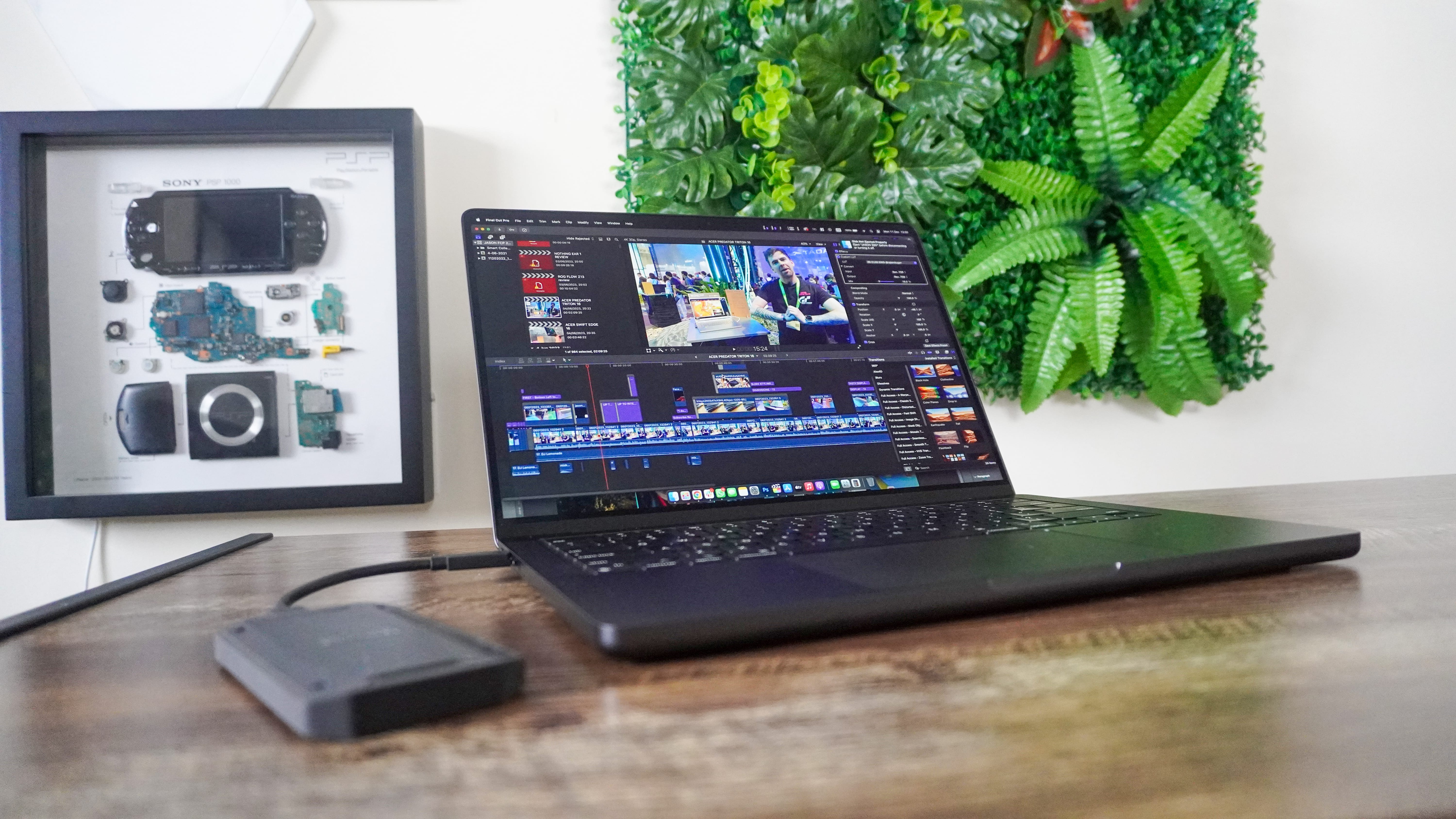

When it comes to how powerful these machines are, you can spot the incremental gains between generations. However, it does become easy to see through Apple’s reality distortion field — especially on the M2 generation backwards, as the improvements are rather small.
But with the move to the 3nm process of M3, there seems to have been a bigger leap in single-core performance in particular. Let’s get to the numbers.
Also, as a quick heads up, there are some laptops in this list that released before Geekbench 6 even released, so the tests we did were solely on Geekbench 5.4 To work around this issue, I drew up an average of results from the latest Geekbench version of each respective laptop — thanks to the community for providing so many!
| Laptop | Geekbench 6 single-core | Geekbench 6 multicore |
|---|---|---|
| MacBook Pro (M4 Pro) | 3910 | 22822 |
| MacBook Pro (M4) | 3807 | 15114 |
| MacBook Air (M3) | 3093 | 12025 |
| MacBook Pro (M3 Max) | 3200 | 21711 |
| MacBook Pro (M3 Pro) | 3154 | 14357 |
| MacBook Pro (M3) | 3138 | 12018 |
| MacBook Pro (M2 Max) | 2685 | 14626 |
| MacBook Pro (M2 Pro) | 2673 | 12253 |
| MacBook Pro (M2) | 2589 | 9630 |
| MacBook Air (M2) | 2575 | 9647 |
| MacBook Pro (M1 Max) | 3125 | 19078 |
| MacBook Pro (M1 Pro) | 2378 | 12230 |
| MacBook Pro (M1) | 2336 | 8265 |
| MacBook Air (M1) | 2334 | 8313 |
SSD read and write speeds have remained largely consistent across models too. The only real outlier was the M2 Pro MacBook Pro cutting the speed nearly in half — due to using fewer NAND storage chips which reduces the memory bandwidth quite significantly.
| Laptop | Blackmagic Disk Speed write (MBps) |
|---|---|
| MacBook Pro (M4 Pro) | 6640.5 |
| MacBook Pro (M4) | 2899.5 |
| MacBook Air (M3) | 2981.2 |
| MacBook Pro (M3 Max) | 7594.2 |
| MacBook Pro (M3 Pro) | 4211.5 |
| MacBook Pro (M3) | 2769.1 |
| MacBook Pro (M2 Max) | 5717.2 |
| MacBook Pro (M2 Pro) | 2932.1 |
| MacBook Pro (M2) | 2794.7 |
| MacBook Air (M2) | 2800.1 |
| MacBook Pro (M1 Max) | 5314.6 |
| MacBook Pro (M1 Pro) | 5321.5 |
| MacBook Pro (M1) | 2825 |
| MacBook Air (M1) | 2904.1 |
MacBook hierarchy: Gaming performance
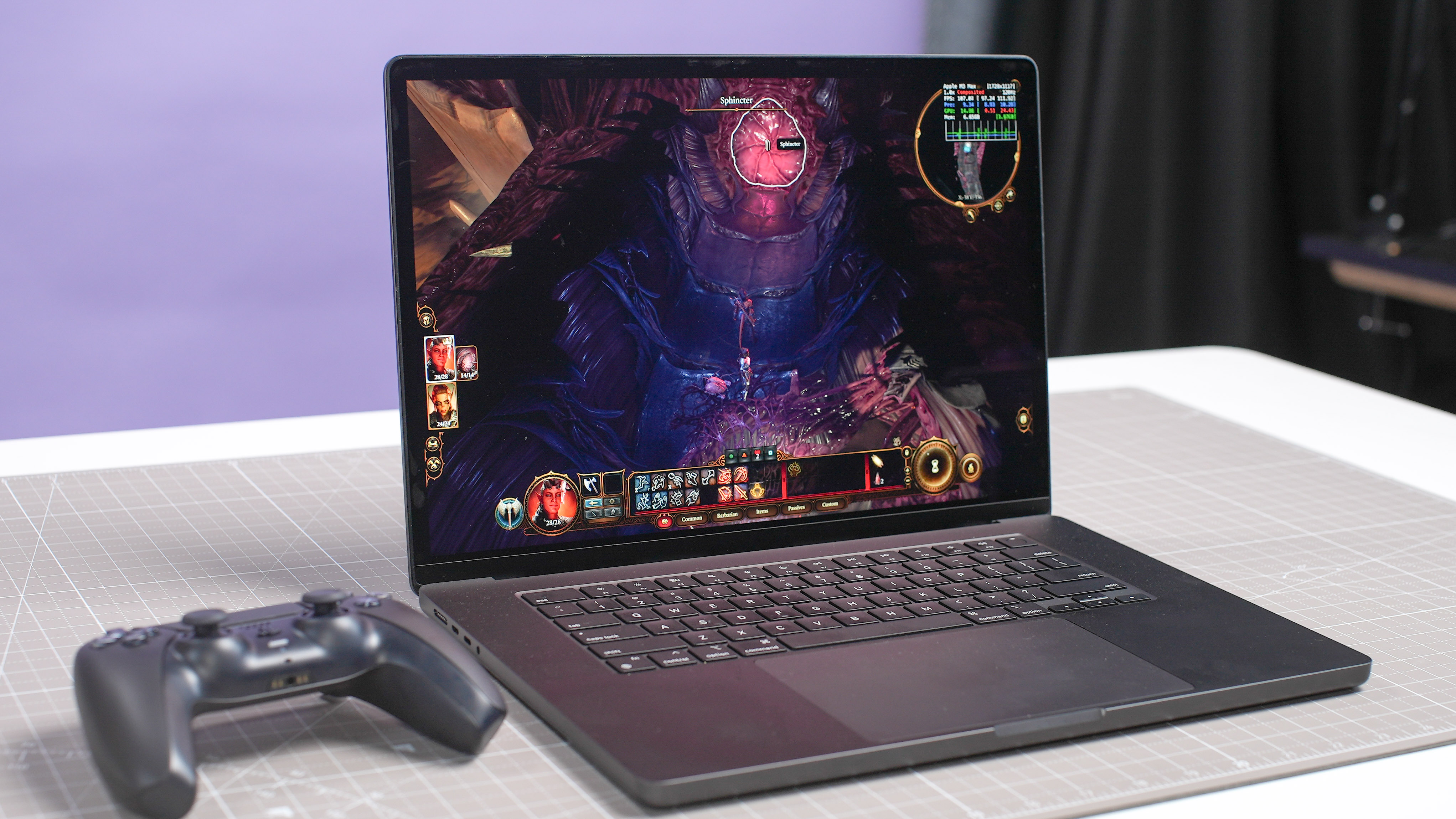
For all intents and purposes, it looks like Apple is finally caring about MacBook gaming. The improvements made to the GPU cores on the M4 MacBook Pros, from hardware accelerated ray tracing to dynamic caching, tell you all you need to know.
Alongside this, the new games moved over to Apple’s own Metal FX coding language, and the game porting toolkit make it a more enticing proposition for developers. But are we seeing the big improvements right now? Slowly but surely we are.
| Laptop | Borderlands 3 (1920x1200) | Sid Meier's Civilization VI (1920x1200) |
|---|---|---|
| MacBook Pro (M4 Pro) | 42.8 fps | 98.4 fps |
| MacBook Pro (M4) | 23 fps | 53 fps |
| MacBook Air (M3) | 14.2 fps | 23.7 fps |
| MacBook Pro (M3 Max) | 54.6 fps | 59 fps |
| MacBook Pro (M3 Pro) | 28.9 fps | 53.7 fps |
| MacBook Pro (M3) | 19.8 fps | 50 fps |
| MacBook Pro (M2 Max) | n/a | 57.6 fps |
| MacBook Pro (M2 Pro) | n/a | 56.8 fps |
| MacBook Pro (M2) | n/a | 51.1 fps |
| MacBook Air (M2) | n/a | 40.3 fps |
| MacBook Pro (M1 Max) | n/a | 46.1 fps |
| MacBook Pro (M1 Pro) | n/a | 43.2 fps |
| MacBook Pro (M1) | n/a | 38.1 fps |
| MacBook Air (M1) | n/a | n/a |
Games at the moment are not making the most of the new development tools on offer, and I’m confident we’ll see faster frame rates as time goes on and more devs take advantage of what the platform has to offer. But we’re only seeing a few frames per second difference across different generations.
MacBook hierarchy: Price-to-performance ratio
This is where things get interesting, as we break down exactly how much power you’re getting for every dollar invested into your MacBook. Yes, these numbers may be skewed by the cost of previous models going down over time, but it’s interesting to see nonetheless.
| Laptop | Price per point (Geekbench 6 multicore) |
|---|---|
| MacBook Pro (M4 Pro) | $0.10 |
| MacBook Pro (M4) | $0.11 |
| MacBook Air (M3) | $0.08 |
| MacBook Pro (M3 Max) | $0.13 |
| MacBook Pro (M3 Pro) | $0.11 |
| MacBook Pro (M3) | $0.09 |
| MacBook Air (M2) | $0.08 |
| MacBook Air (M1) | $0.10 |
Previously, we were seeing a diminishing return on performance improvement per dollar spent. With M4, however, we're seeing the tides turn, as you're getting more bang for your buck.
MacBook hierarchy: Battery life and heat
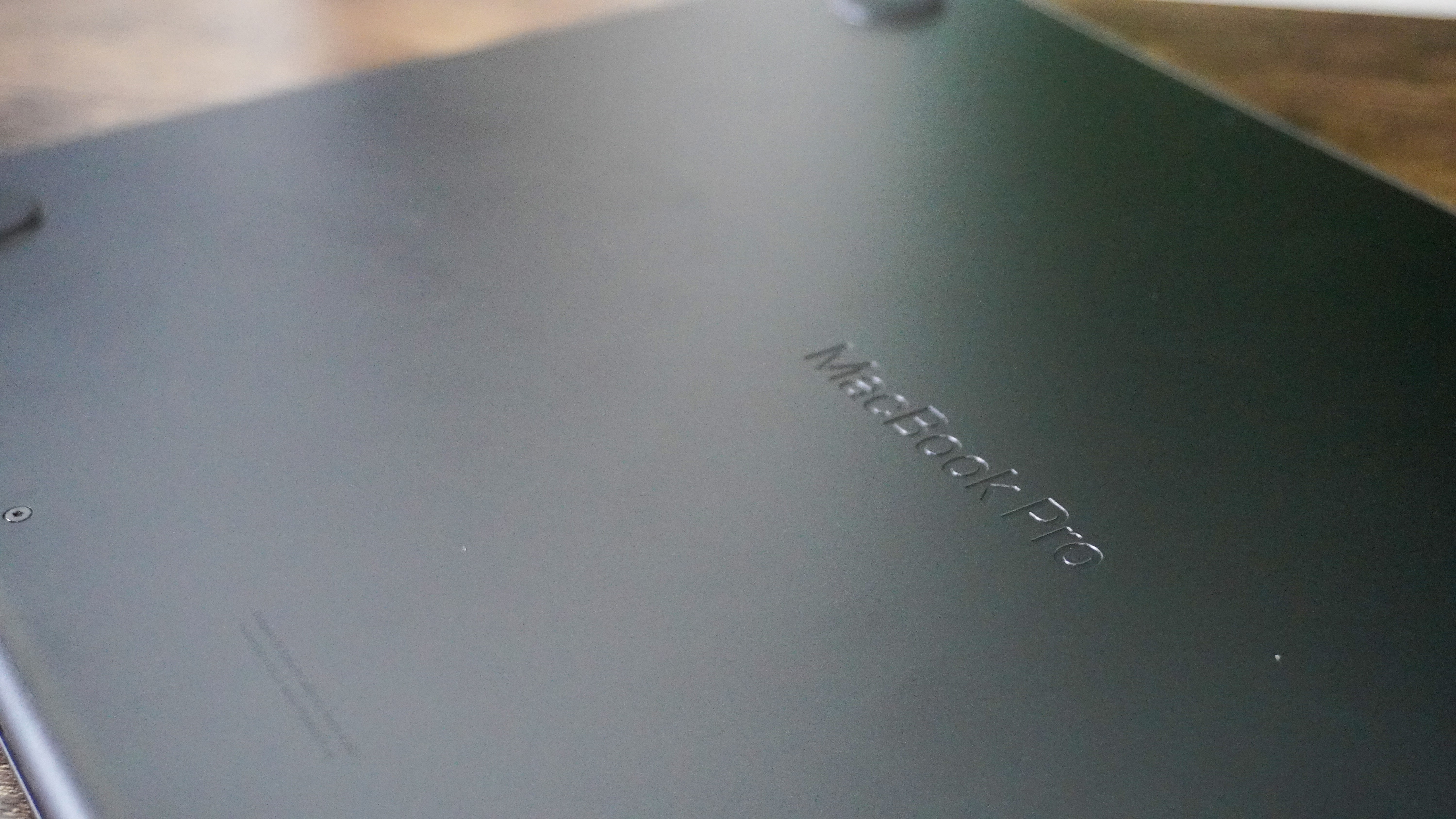
There isn’t much to say here that wouldn’t be stating the obvious. The battery life and surface temperatures have (mostly) improved incrementally over time with each generational shift.
| Laptop | Temperature (Touchpad) | Temperature (G/H keys) | Hottest surface & temperature |
|---|---|---|---|
| MacBook Pro 16-inch (M4 Pro) | 75.5 degrees | 81 degrees | 82 degrees (underside) |
| MacBook Pro 14-inch (M4) | 81.5 degrees | 83 degrees | 84.5 degrees (F6 key) |
| MacBook Air 13-inch (M3) | 77.5 degrees | 79.5 degrees | 83.5 degrees (above F1 key) |
| MacBook Pro 16-inch (M3 Max) | 75.5 degrees | 80.5 degrees | 81 degrees (underside) |
| MacBook Pro 14-inch (M3 Pro) | 76.1 degrees | 79.5 degrees | 81.3 degrees (F7 key) |
| MacBook Pro 14-inch (M3) | 77 degrees | 78.5 degrees | 78.5 degrees (underside) |
| MacBook Pro 16-inch (M2 Max) | 78 degrees | 80.5 degrees | 81.5 degrees (underside) |
| MacBook Pro 14-inch (M2 Pro) | 78 degrees | 80.5 degrees | 81.5 degrees (underside) |
| MacBook Pro (M2) | 79 degrees | 80.5 degrees | 83 degrees (underside) |
| MacBook Air 15-inch (M2) | 78 degrees | 79.5 degrees | 83 degrees (underside) |
| MacBook Air 13-inch (M2) | 80 degrees | 81.5 degrees | 83.5 degrees (underside) |
| MacBook Pro 16-inch (M1 Max) | 83.5 degrees | 88 degrees | 88.5 degrees (underside) |
| MacBook Pro 14-inch (M1 Pro) | 85 degrees | 88.5 degrees | 89.5 degrees (underside) |
| MacBook Pro (M1) | 78 degrees | 81 degrees | 82.5 degrees (underside) |
| MacBook Air (M1) | 78.5 degrees | 80.5 degrees | 83.5 degrees (underside) |
The only exception to this rule seems to be the M4 MacBook Pros, as surface temps go up by a couple of degrees (though I’d still love to see the team put a fan in the MacBook Air). And while there was a fluctuation with the 13-inch MacBook Pro lasting longer than all the Pros after it, M4 has promptly fixed that discrepancy.
| Laptop | Battery life (web surfing hh:mm) |
|---|---|
| MacBook Pro 16-inch (M3 Pro) | 20:46 |
| MacBook Pro 14-inch (M4) | 18:31 |
| MacBook Air 15-inch (M3) | 15:03 |
| MacBook Air 13-inch (M3) | 15:13 |
| MacBook Pro 16-inch (M3 Max) | 17:11 |
| MacBook Pro 14-inch (M3 Pro) | 17:22 |
| MacBook Pro 14-inch (M3) | 17:25 |
| MacBook Pro 16-inch (M2 Max) | 18:56 |
| MacBook Pro 14-inch (M2 Pro) | 16:38 |
| MacBook Pro (M2) | 18:20 |
| MacBook Air 15-inch (M2) | 14:48 |
| MacBook Air 13-inch (M2) | 14:06 |
| MacBook Pro 16-inch (M1 Max) | 15:31 |
| MacBook Pro 14-inch (M1 Pro) | 14:08 |
| MacBook Pro (M1) | 16:32 |
| MacBook Air (M1) | 13:19 |
MacBook hierarchy: Which should you buy?
So let’s revisit the question we posed right at the beginning of this — which MacBook is right for you? Well let’s break it down into three use cases to help you out.
“I just need something cheap for the bare essentials”
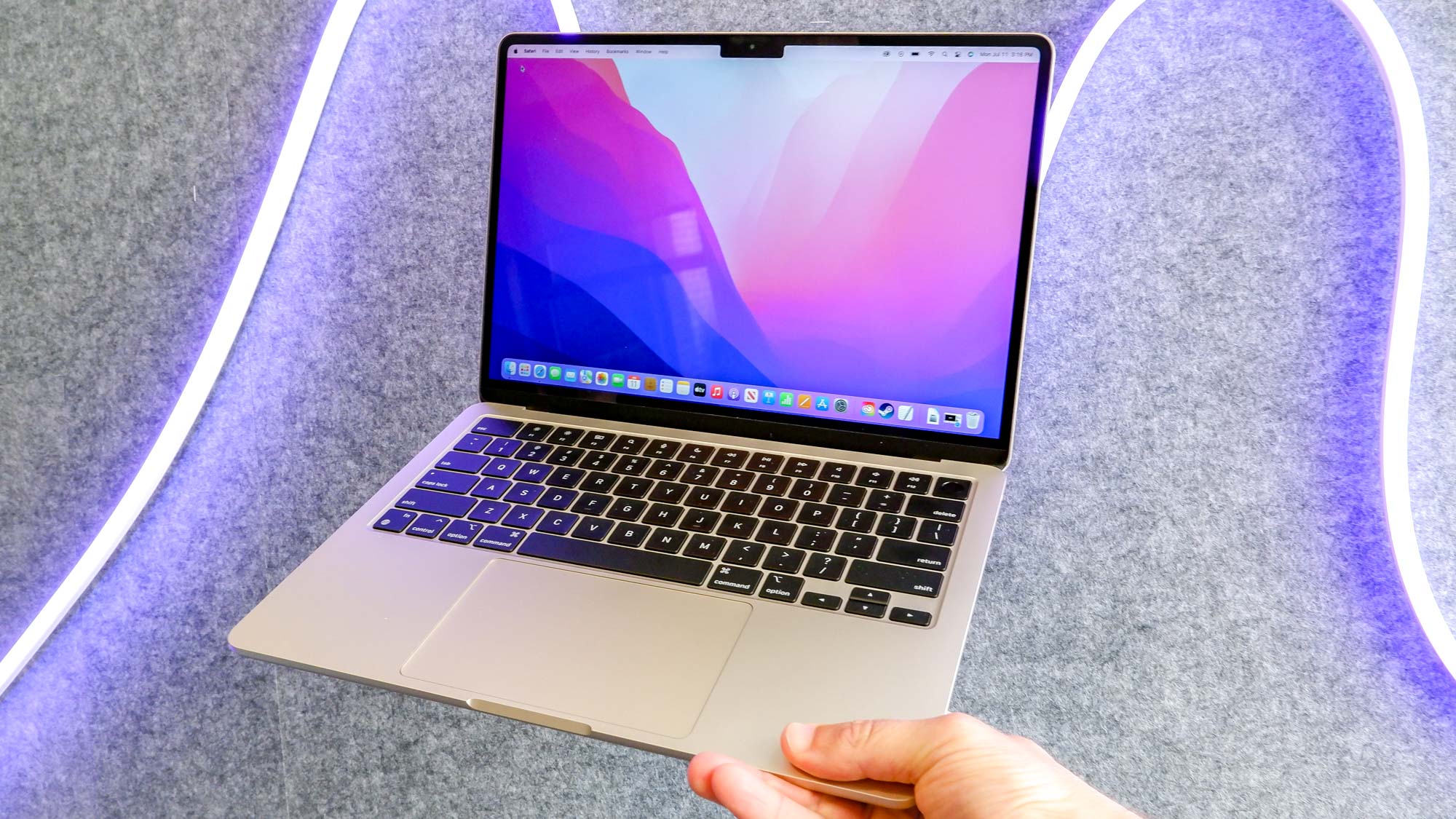
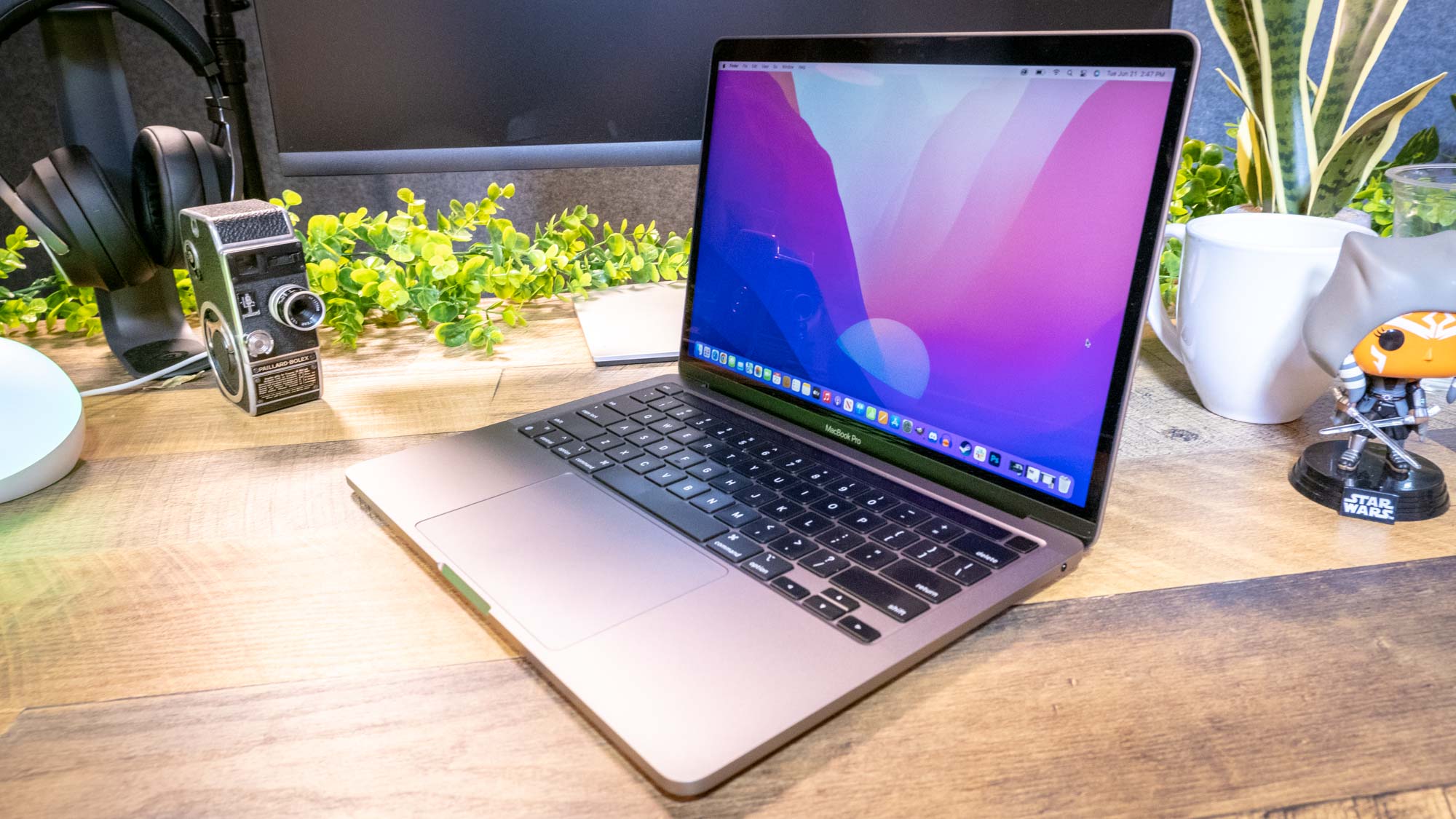
Look towards the MacBook Air M1, M2 or M3. Depending on how recent you want your model to be, you can get a lot for your money here. Yes, M1 is old, but there's a reason we still write about it — giving you decent performance for your day-to-day and battery life that continues to embarrass competitors to this day in a premium shell.
However, the latest MacBook Airs are also coming down well below the $1,000 mark too, and with 16GB of RAM being the new base configuration, multitasking is so much smoother. If that’s important to you, alongside that flatter aesthetic and MagSafe, this is an obvious choice.
“I’m a creative enthusiast looking to boost my workload without breaking the bank”

Let’s say you are getting started with a YouTube channel, dipping your toes into more complex photo edits and learning on the go, or you have musical or spoken word aspirations for both audio recording and production.
There are certain situations where an M3 MacBook Air would be a fantastic choice, but there are limits to its potential because of that thermally compromised design choice to remove the fans. So let’s turn to the Pros, where you’re spoilt for choice.
The best option would be the base M3 MacBook Pro — the low-end of the pro spectrum gives you all the goodness of the 14-inch frame with a lower cost of $1,099.
But let's not ignore the M4 elephant in the room. The latest and greatest MacBook Pro offers impressive speed and can very much cover you from just getting started all the way up to intermediate levels.
“I’m a professional and I want to give it the full beans with my workload”
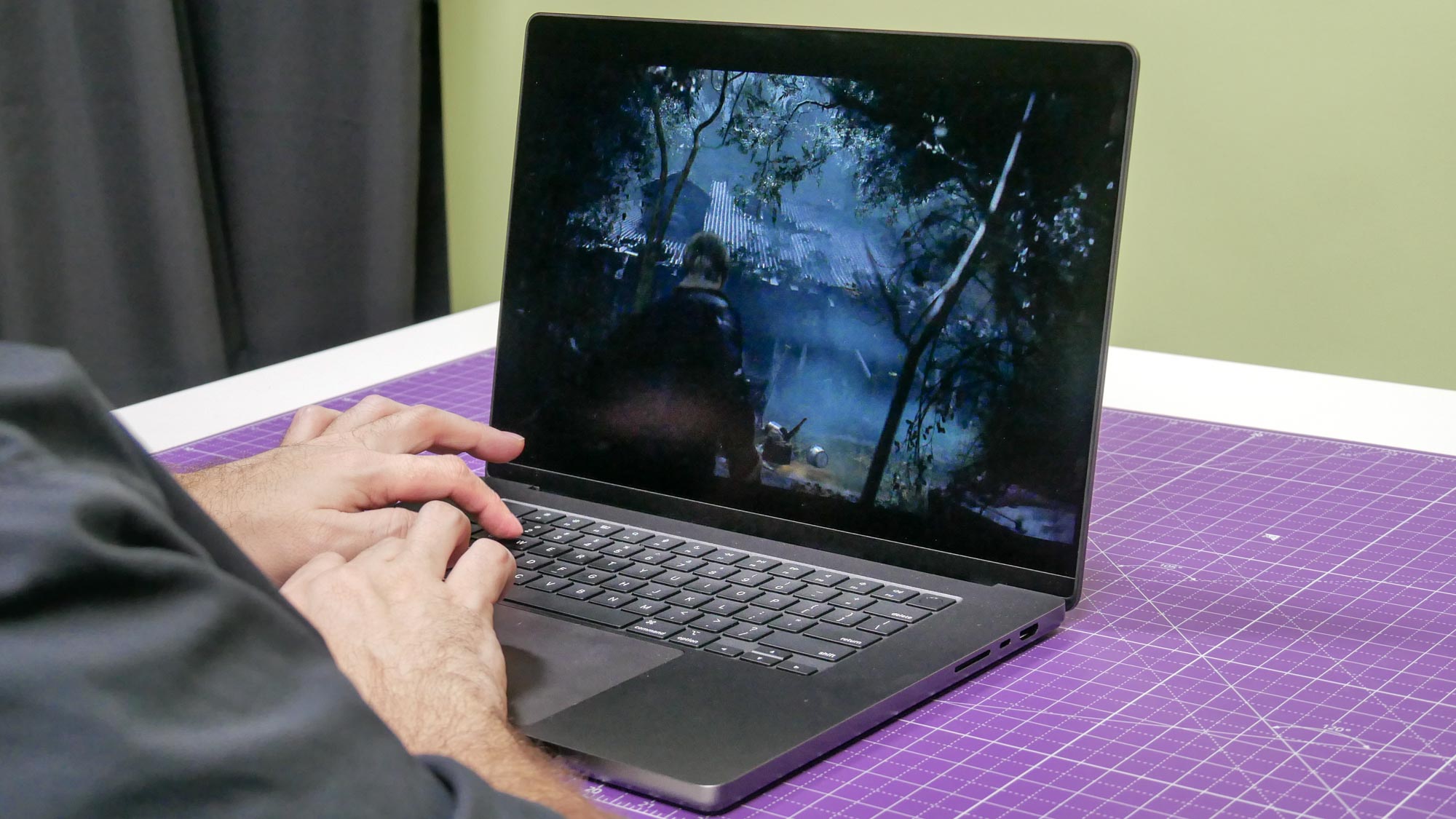
From designing a new building or crafting a cinematic masterpiece, to advanced 3D editing or medical sciences, the Max models used to be the choice to satisfy all your needs. But something has happened this year — the M4 Pro MacBook Pro's performance stats make it more than enough for all of this.
Of course, the best model is going to be M4 Max, but you can still get pro performance with Pro
More from Tom's Guide

Jason brings a decade of tech and gaming journalism experience to his role as a Managing Editor of Computing at Tom's Guide. He has previously written for Laptop Mag, Tom's Hardware, Kotaku, Stuff and BBC Science Focus. In his spare time, you'll find Jason looking for good dogs to pet or thinking about eating pizza if he isn't already.

